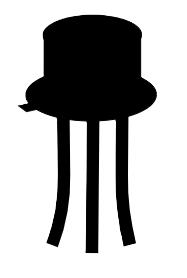Quality
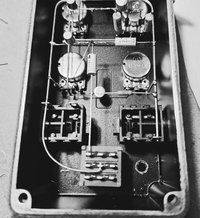

Quality
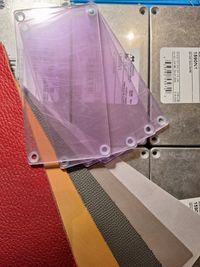
Enclosures and Finishing
Hammond enclosures are my choice. Most of my builds utilize Hammond 1589n1, which is equivalent to 125B size. All are covered with vegetable-tanned leather, mostly sourced from Conceria Il Ponte in Italy. Since the inside of my pedals needs to look as good as the outside, I paint them using Montana Cans pigments.
I include a lid made of hardened PLEXIGLAS® Optical HC - so you could always take a look inside.
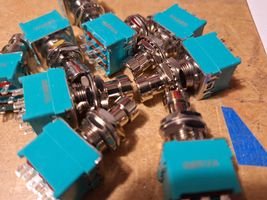
Footswitch
All of my builds utilize premium 3PDT GØRVA Mechano switches with soft-clicking, requiring very little actuation force.
Operating Force: 1.0±0.3Kgf
Electrical Life: 30,000 Cycles
RoHS & Lead-free
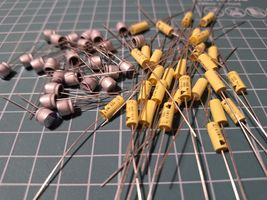
Capacitors
I try to use low tolerance capacitors if possible, typicallyJB, Vishay Roederstein MKT1813, or Panasonic OS-CON for electrolitics. Most of them have a capacity tolerance ranging from 5% to 10%.
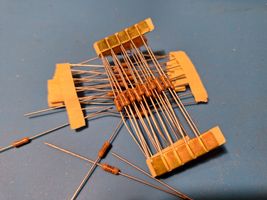
Resistors
I am using and 1% metal film Vishay DALE and vintage looking Xicon carbon Composition .
Xicon resistors are valued for their durability, stability, low noise, wide resistance range, precision, and vintage appeal, making them a reliable choice for various electronic circuits and projects.
Vishay DALE resistors are prized for their precision, stability, low noise, low temperature coefficient, high power rating, wide operating temperature range, and excellent quality, making them an excellent choice for a wide range of electronic applications where reliability and performance are paramount.

Ratio frequency interference
RF interference can indeed be a challenge, particularly with older fuzz circuits that are sensitive to various modern electronic devices. If you're encountering RF issues with one of my pedals, rest assured that This is by the nature of the design and it's not due to a faulty pedal. Here are some tips that may help you in addressing RF interference:
Shielding Techniques: Explore methods of shielding the pedal's circuitry to minimize the impact of RF interference. This could involve adding shielding material to the pedal enclosure or employing shielded cables. And replace Plexi lid with alluminium lid included with your pedal.
Isolation: Consider physically isolating the pedal from potential sources of interference, such as by placing it away from electronic devices known to emit RF radiation.
Grounding: Ensure that the pedal and any connected equipment are properly grounded to dissipate unwanted electrical signals that may contribute to RF interference.
Signal Chain Optimization: Review your signal chain setup to identify potential points of vulnerability to RF interference. Experiment with different pedal placements and cable routing to minimize interference.
